
Can Biscuits Telegraph Through the Wood Surface?
George VondriskaWoodworkers have said that biscuits shouldn’t be used in thin wood (½” or less thick) because when the biscuit swells with moisture from the glue, it’ll exert enough force that the shape of the biscuit will telegraph through the surface of the wood. Fact or fiction? Let’s find out.
How biscuits work
You’ve probably noticed that when you insert a dry biscuit into a biscuit slot, it’s kind of loose in the slot. You don’t get a good fit between the biscuit and the slot until you add glue. Moisture from the glue causes the biscuit to swell and fill the slot.
How the experiment was done
This was a simple test. The question was whether biscuits swell and telegraph through the surface when used in thin wood, so we grabbed some thin stock. Three species were used; pine, cedar, and red oak. Pine and cedar were very intentional choices because they’re relatively soft woods. You would think that if a biscuit can make wood move, it’s more likely to happen in soft woods than hard woods.
How thin?
The six boards used were planed to just under ½”. This thickness is generally called out as the minimum for biscuits—the point at which telegraphing starts.
And so…
In the end, no change was seen in the surface of any of these boards. Even the soft woods—the pine and cedar—showed no indication that biscuits were in the seams.
Biscuit joiners are great tools
Biscuit joints and biscuit joiners are great, and can add a lot to your woodworking. They really simplify joinery. There are lots of great ways to use these joints.
Share tips, start a discussion or ask one of our experts or other students a question.
Already a member? Sign in
6 Responses to “Can Biscuits Telegraph Through the Wood Surface?”
Explore videos by George Vondriska
You may be interested in
Premium Membership
Unlock exclusive member content from our industry experts.
- 24/7 Access to Premium Woodworking Videos, Projects, and Tips
- Step-by-Step Instructional Demos, Plans, and Tutorials
- 50% Off Video Downloads Purchased in the Woodworkers Guild of America Shop
- 2 Printable Woodworking Plans
Unlock exclusive member content from our industry experts.
- 24/7 Access to Premium Woodworking Videos, Projects, and Tips
- Step-by-Step Instructional Demos, Plans, and Tutorials
- 50% Off Video Downloads Purchased in the Woodworkers Guild of America Shop
- 2 Full-Length Video Downloads to Watch Offline
- 2 Printable Woodworking Plans
Gold Membership
$370 Value
Get everything included in Premium plus exclusive Gold Membership benefits.
- 24/7 Access to Premium Woodworking Videos, Projects, and Tips
- Step-by-Step Instructional Demos, Plans, and Tutorials
- 8 Full-Length Video Downloads to Watch Offline
- 3 Full-Length Woodworking Classes to Keep for Life
- 7 Printable Woodworking Plans
- Discounts on Purchase-to-Own Content in the Woodworkers Guild of America Shop
- Access to Ask the Expert Program
- Exclusive GOLD LIVE Streaming Events




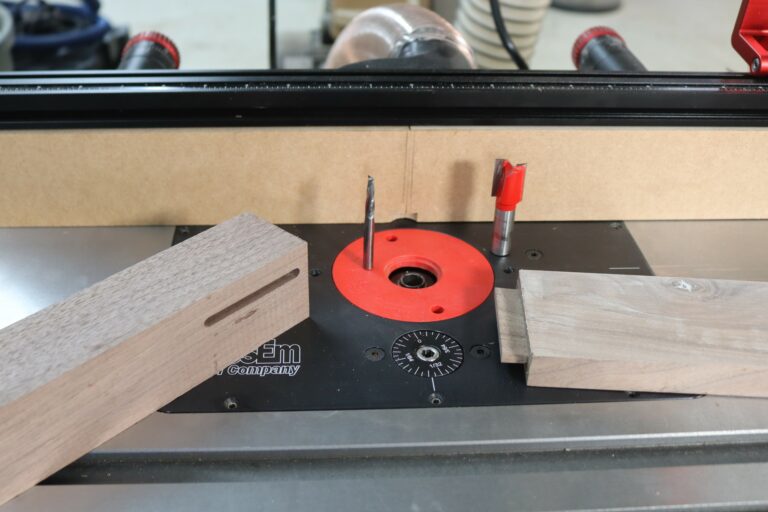
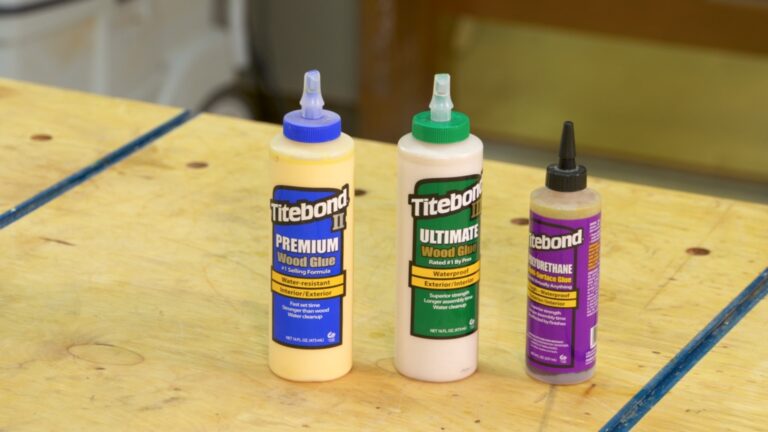
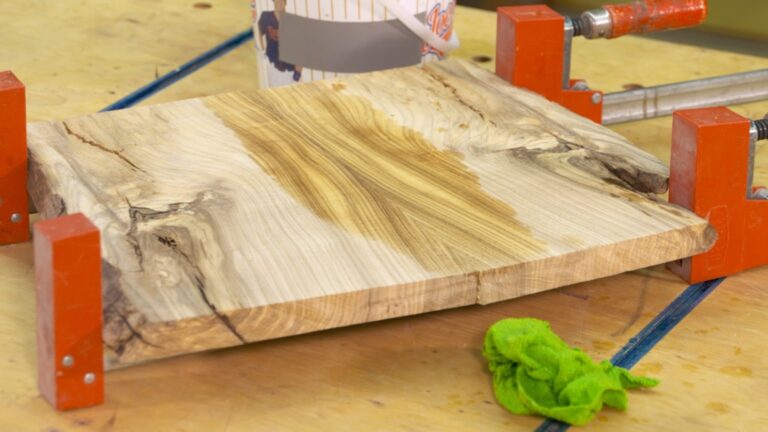


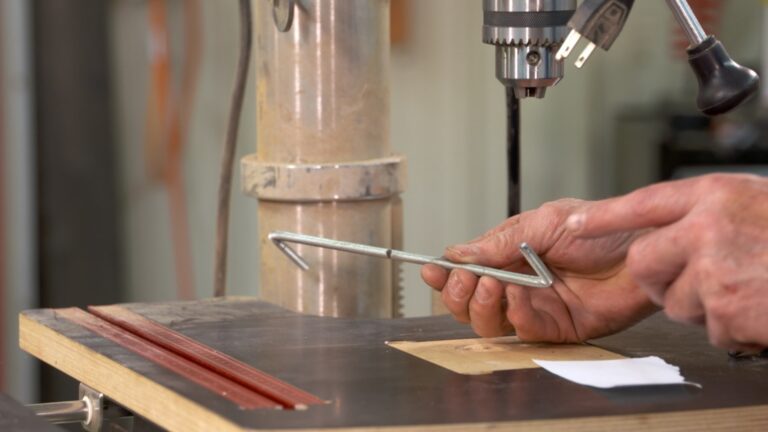

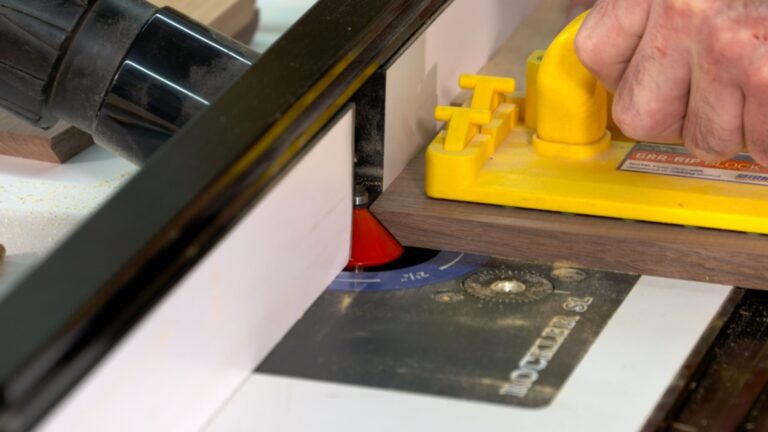

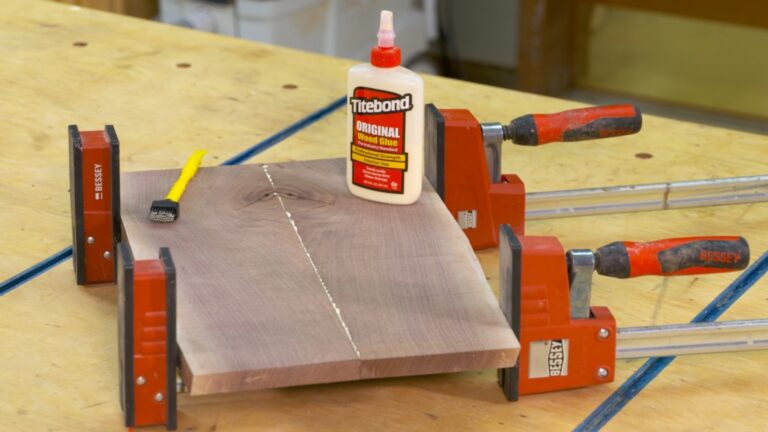
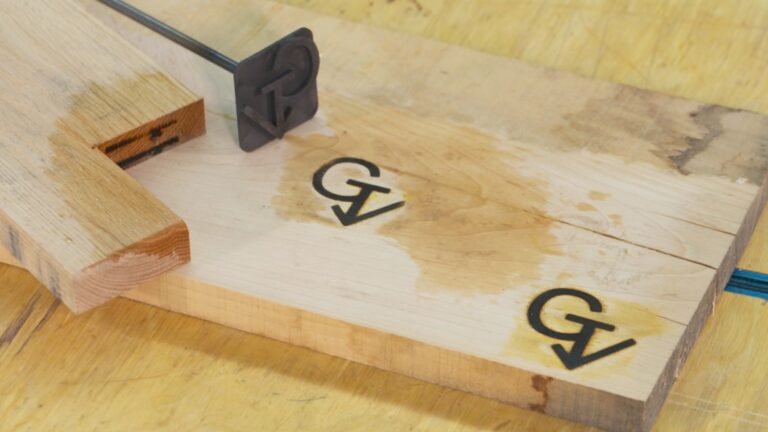
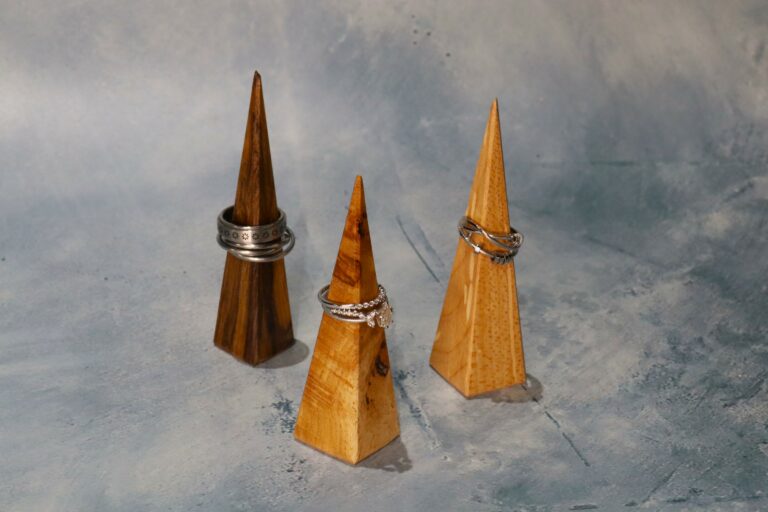
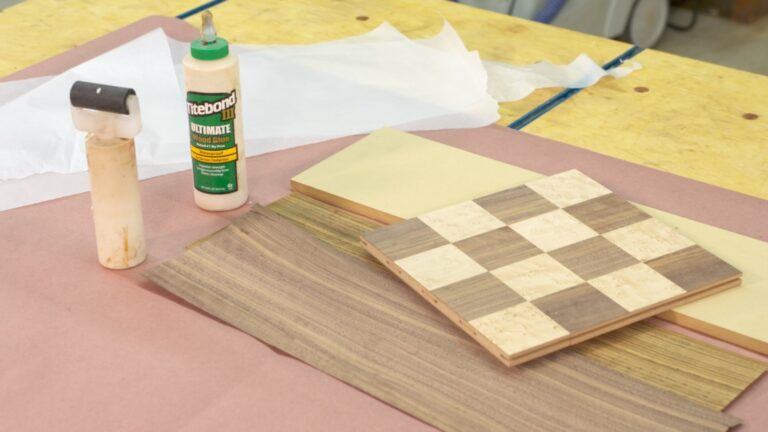
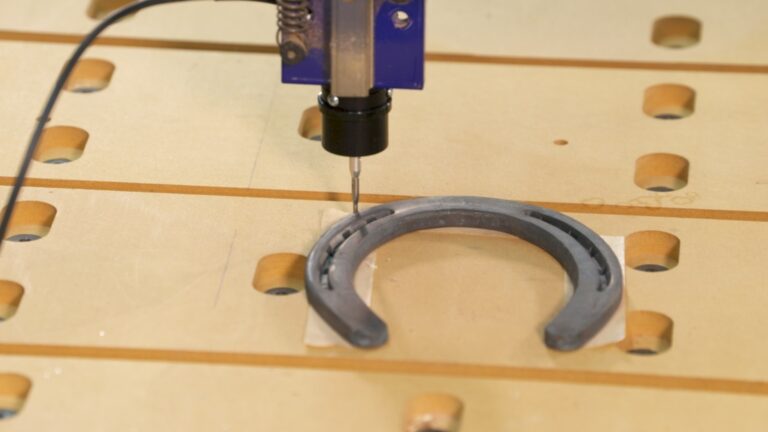
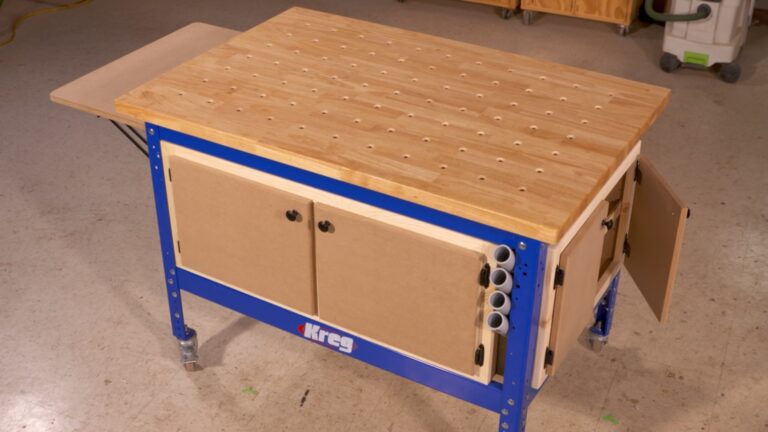


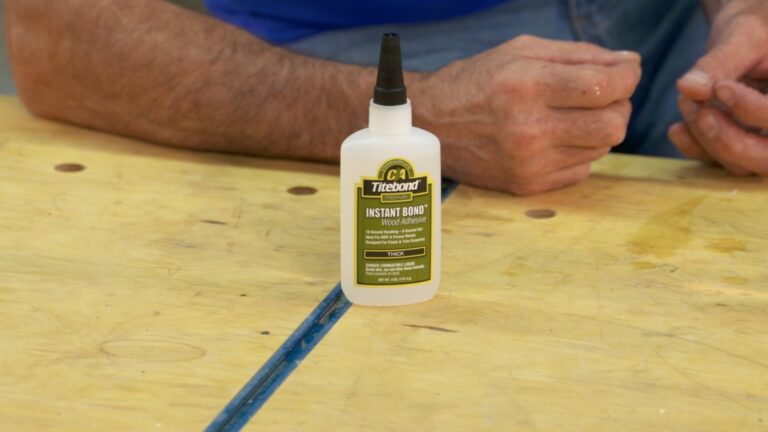
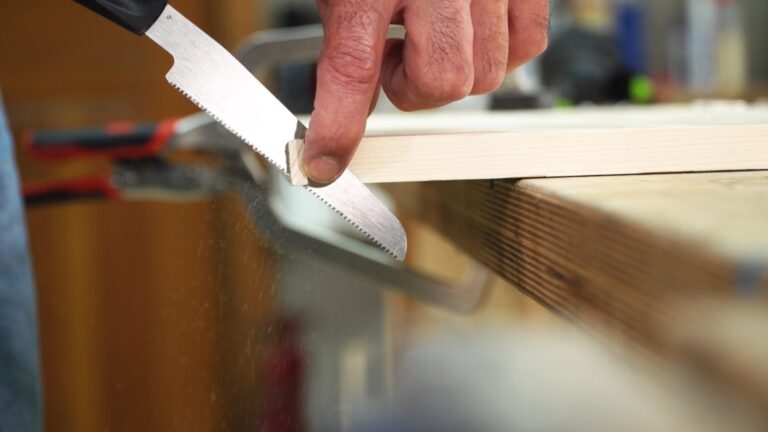
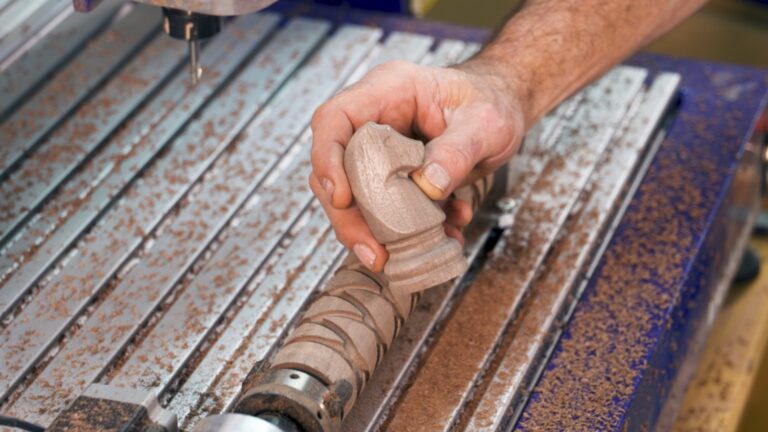
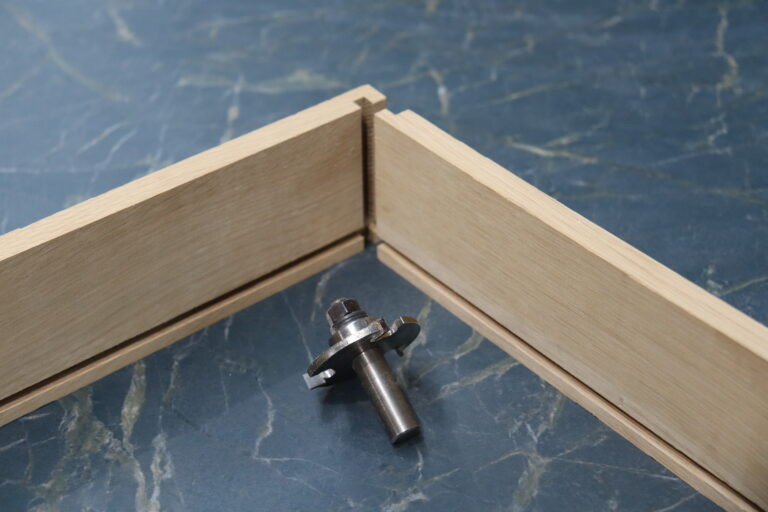
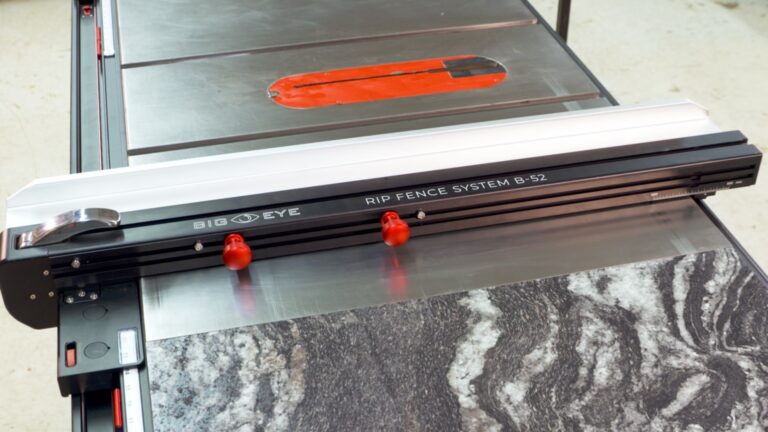
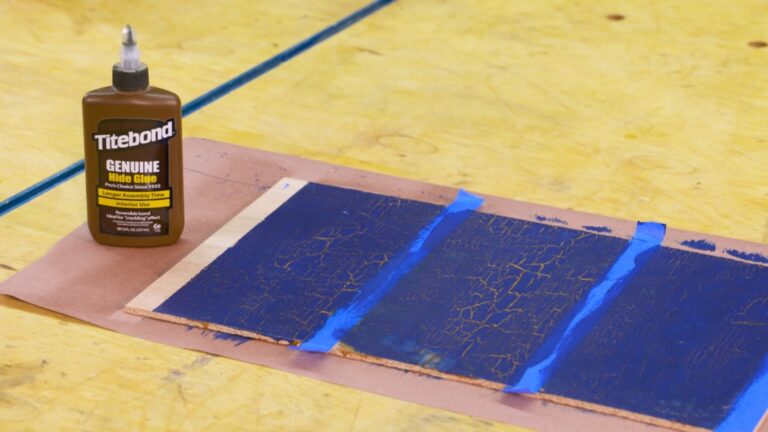
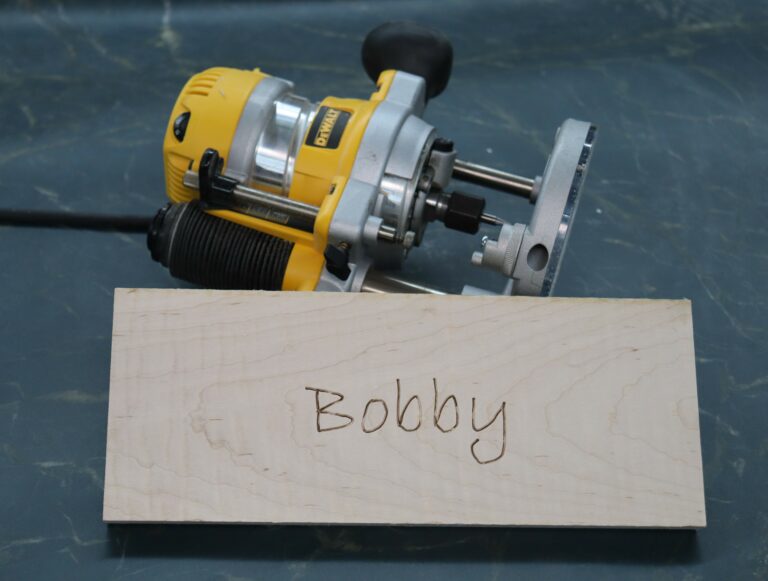
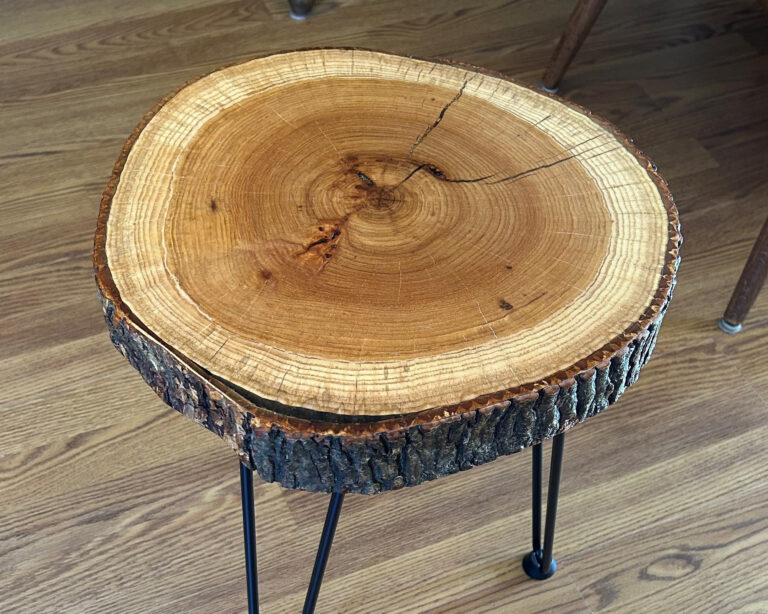
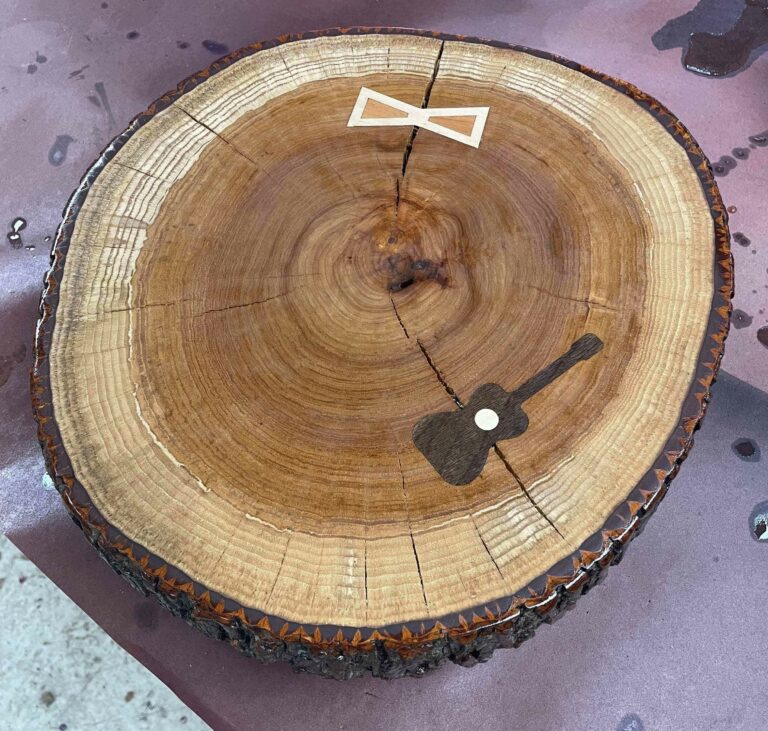

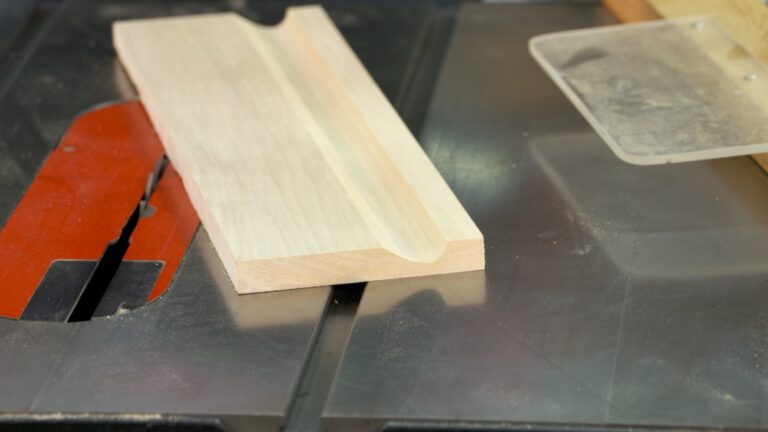

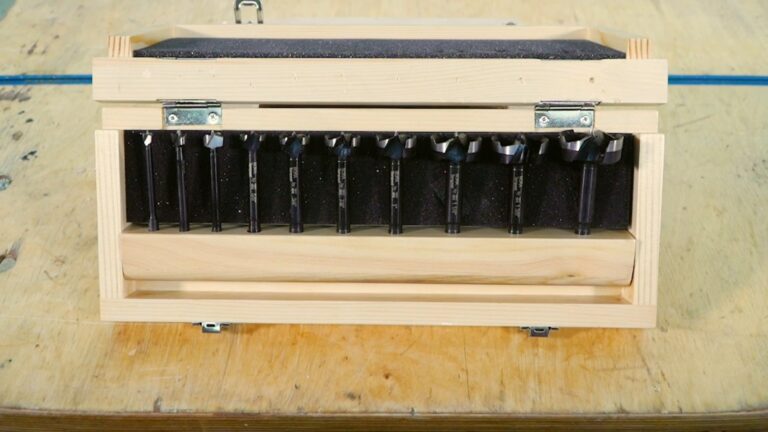

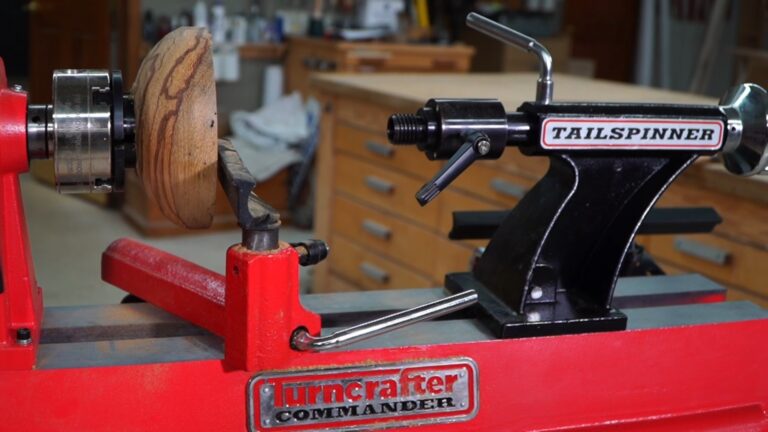
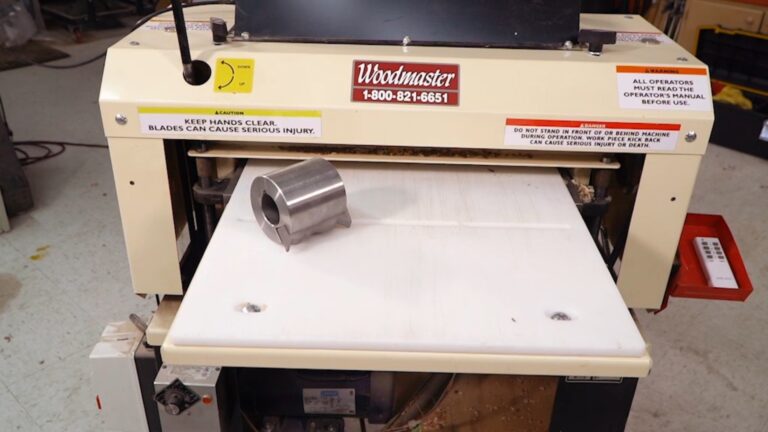


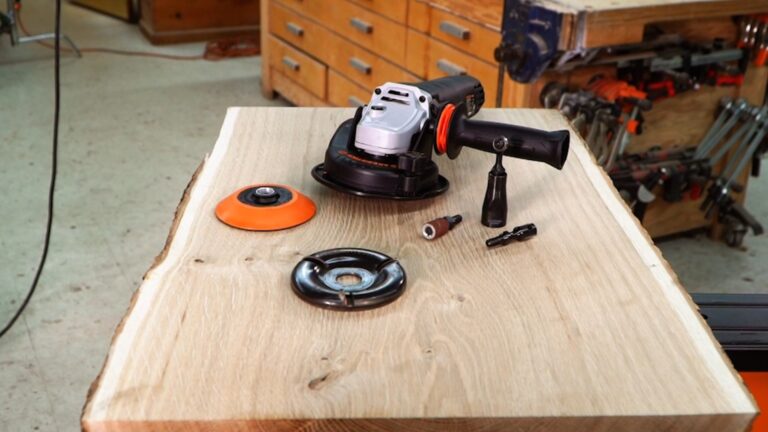






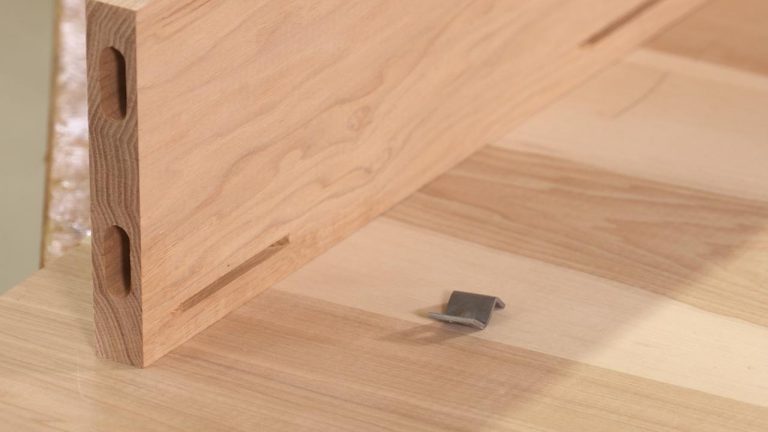

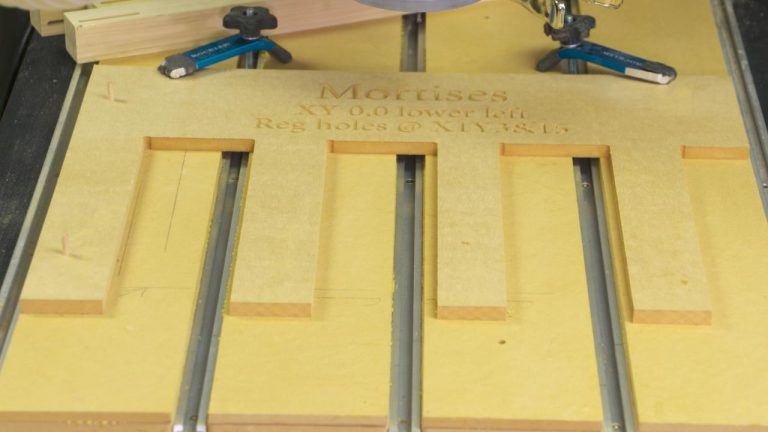
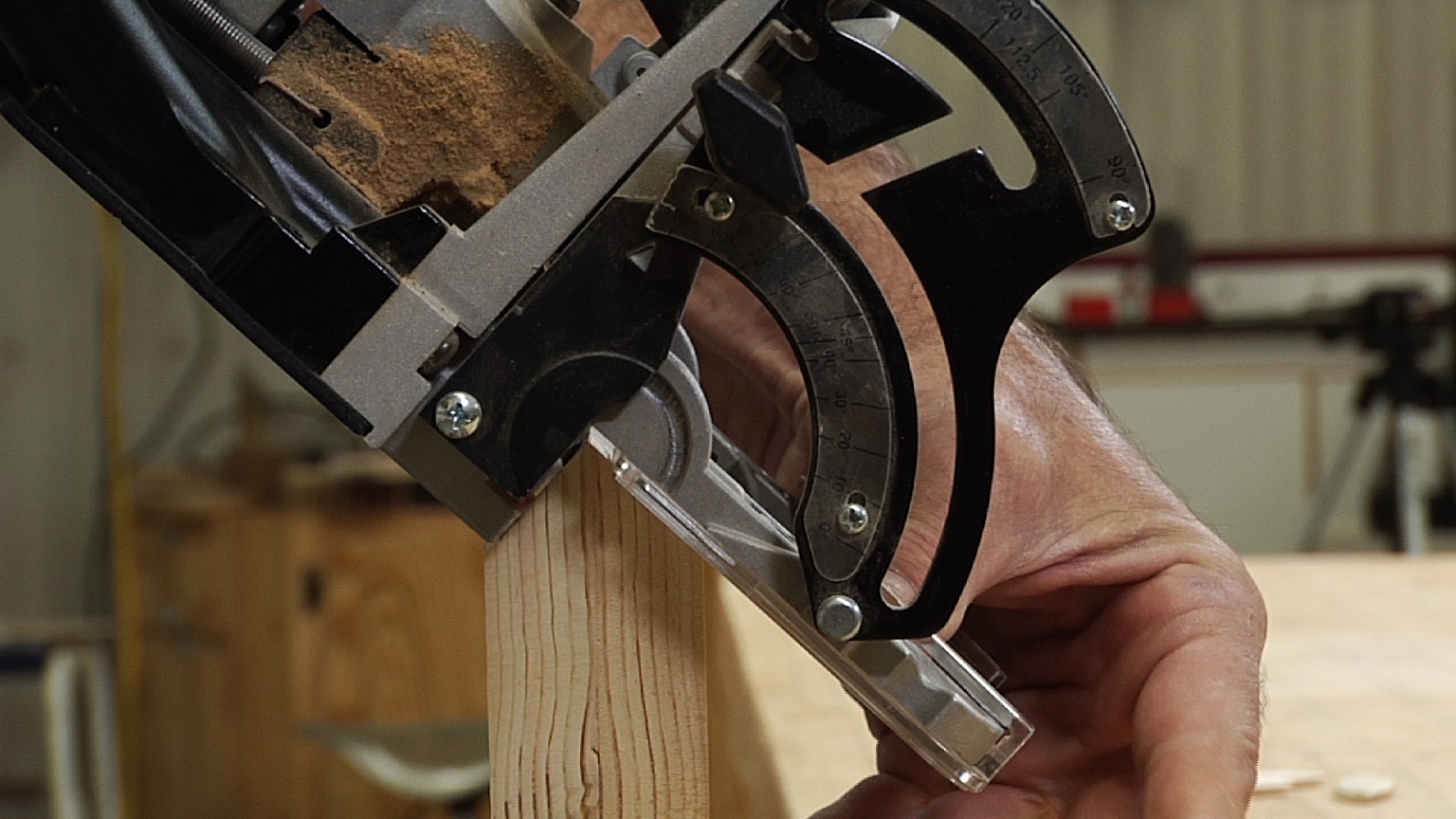
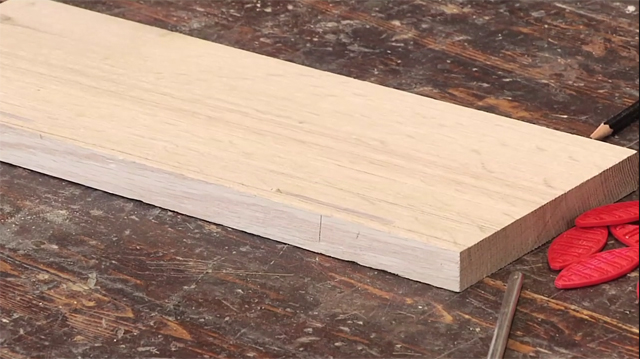
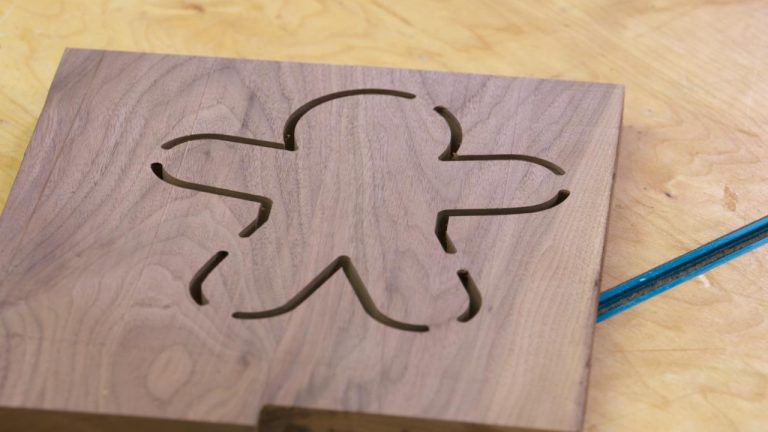
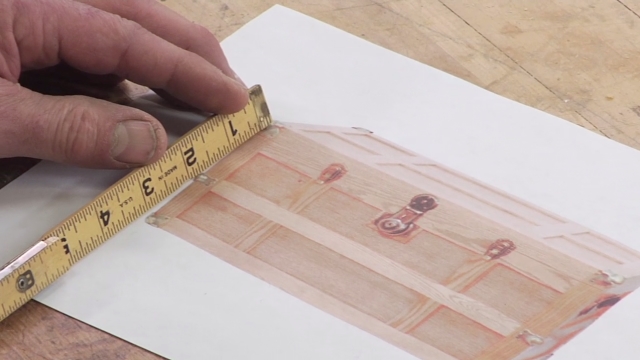
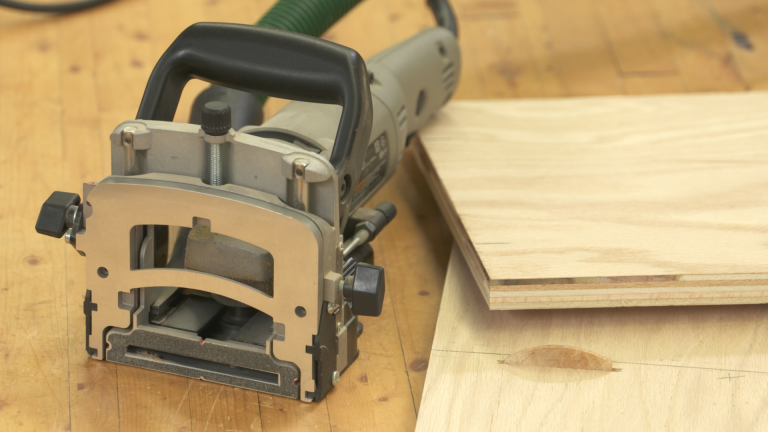

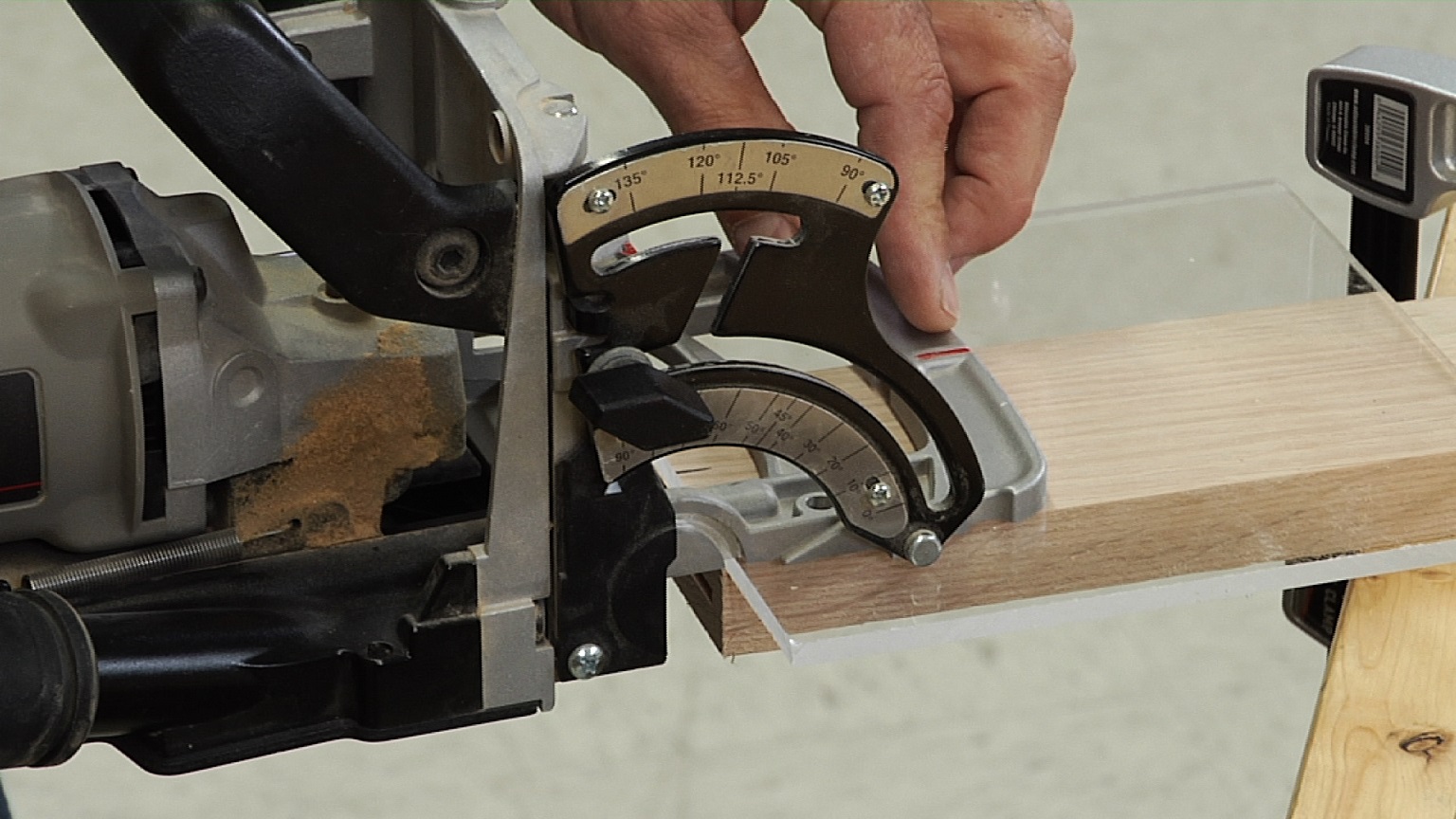
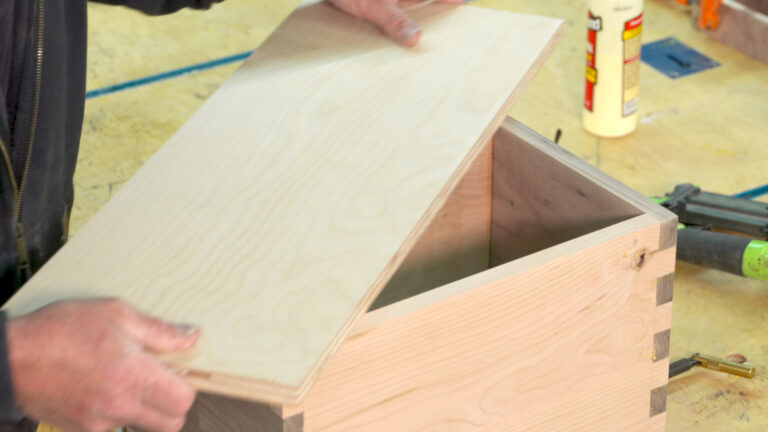
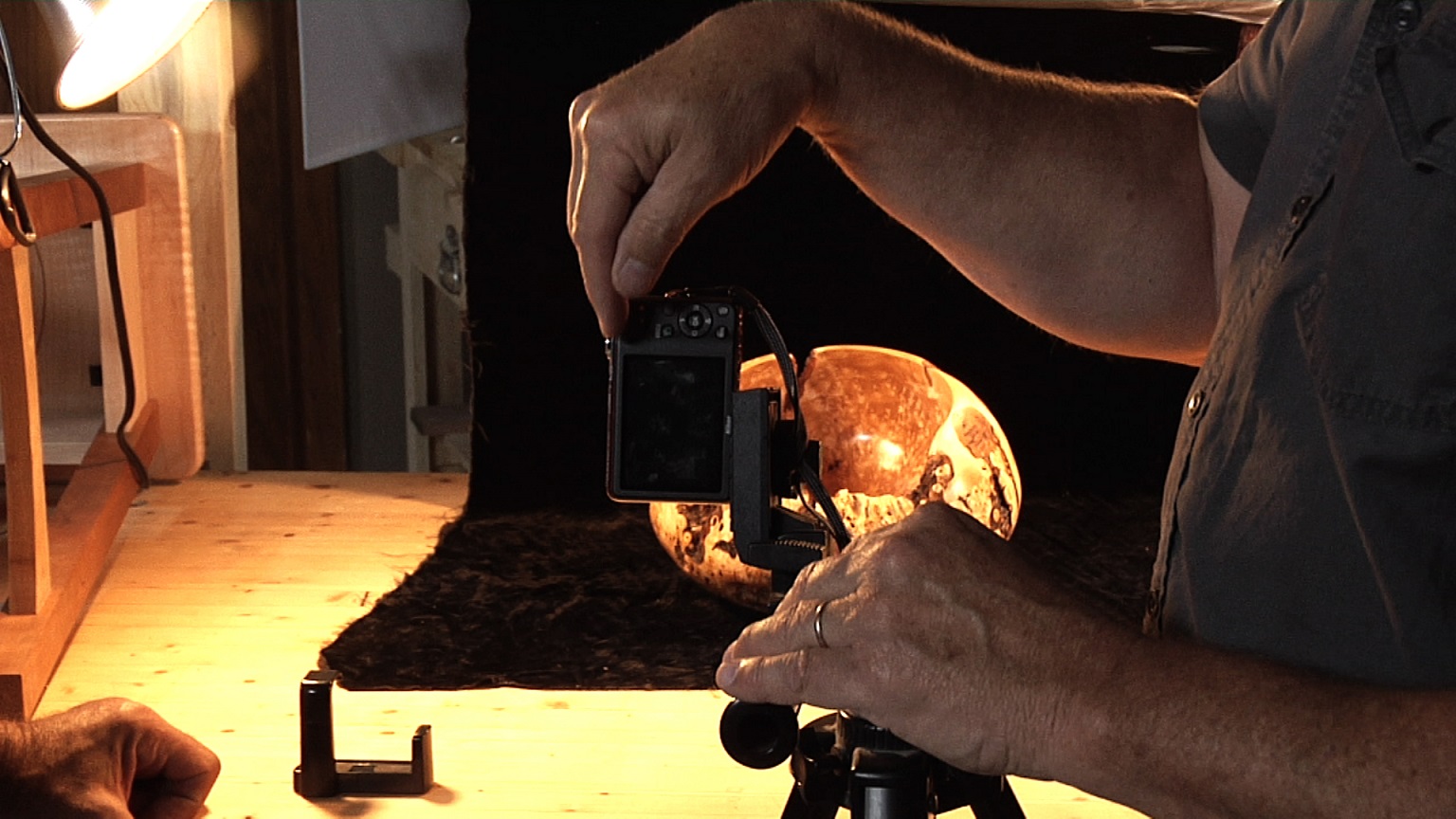
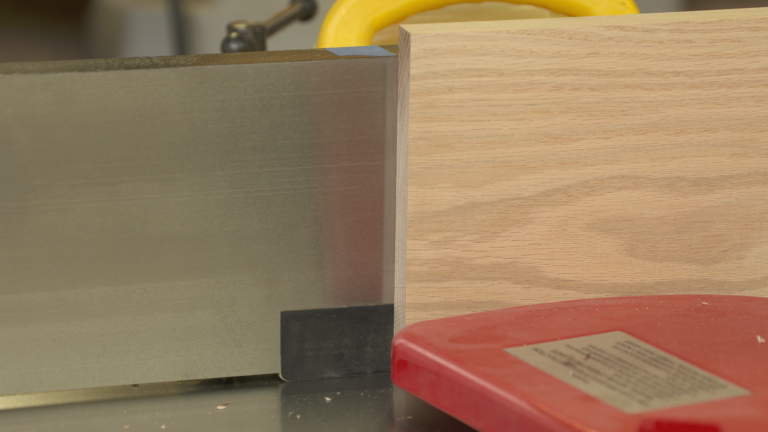
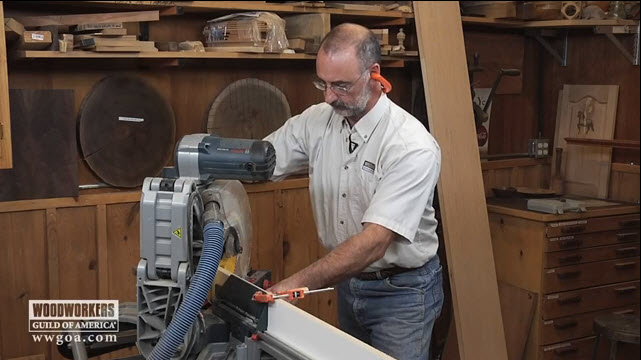
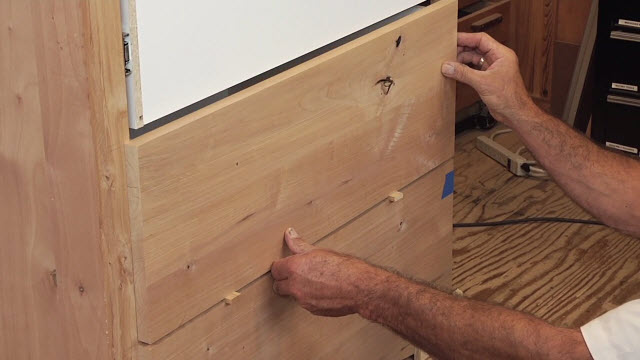
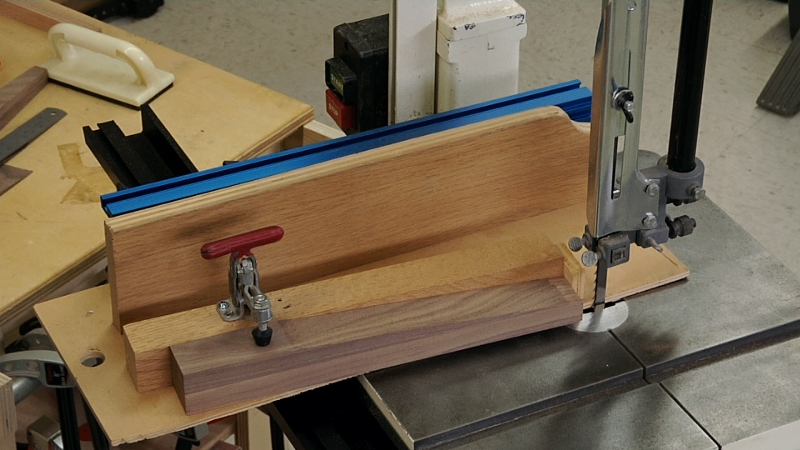
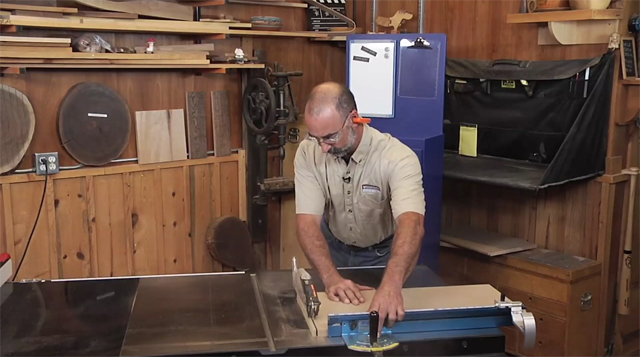
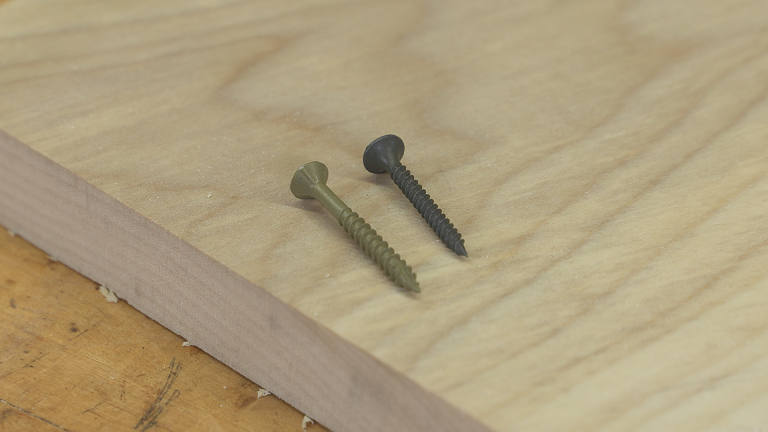
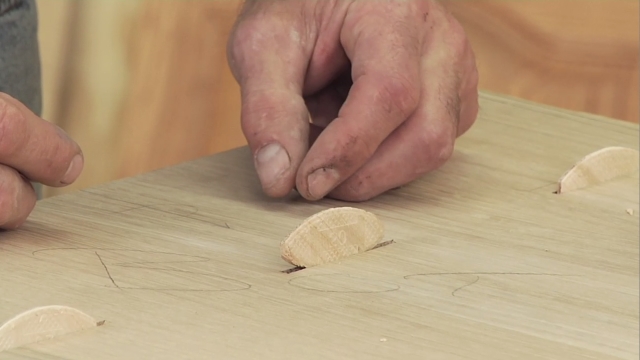
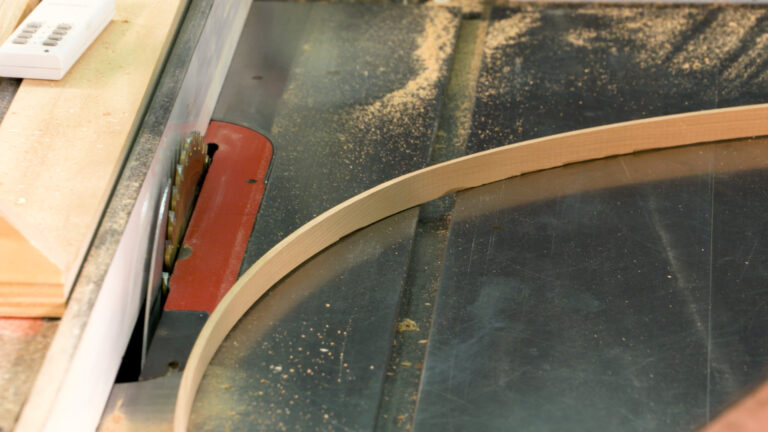
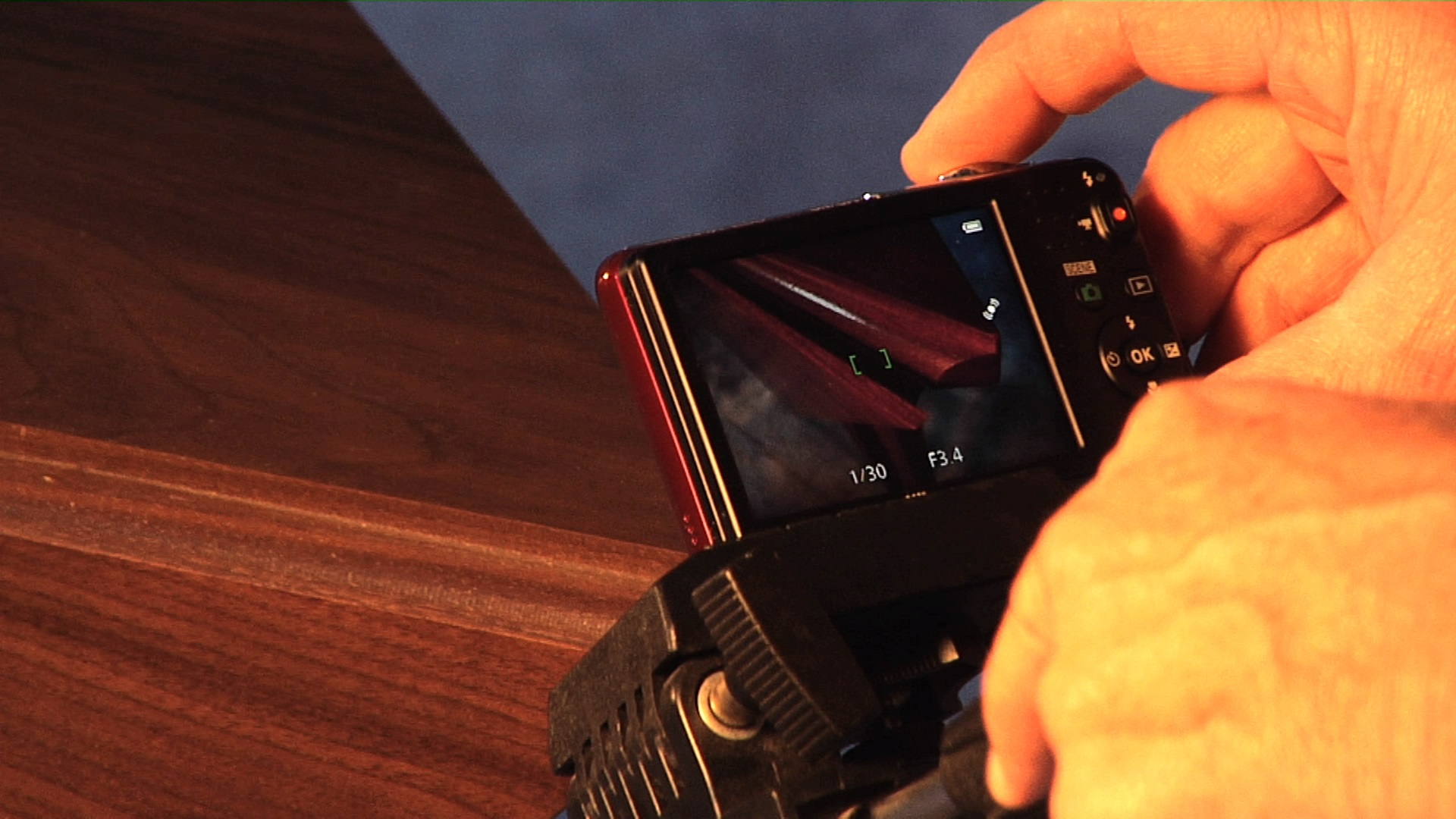
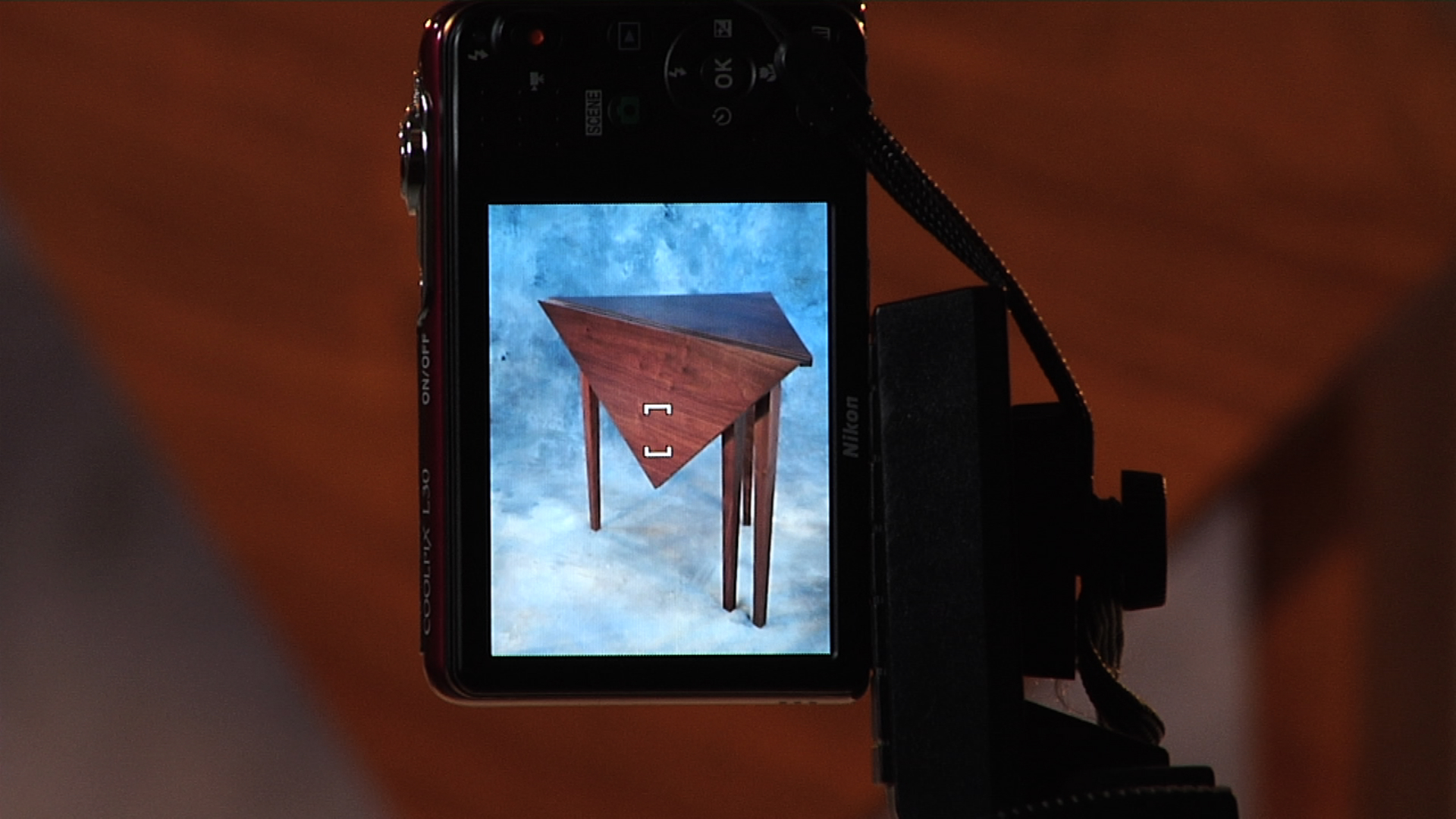
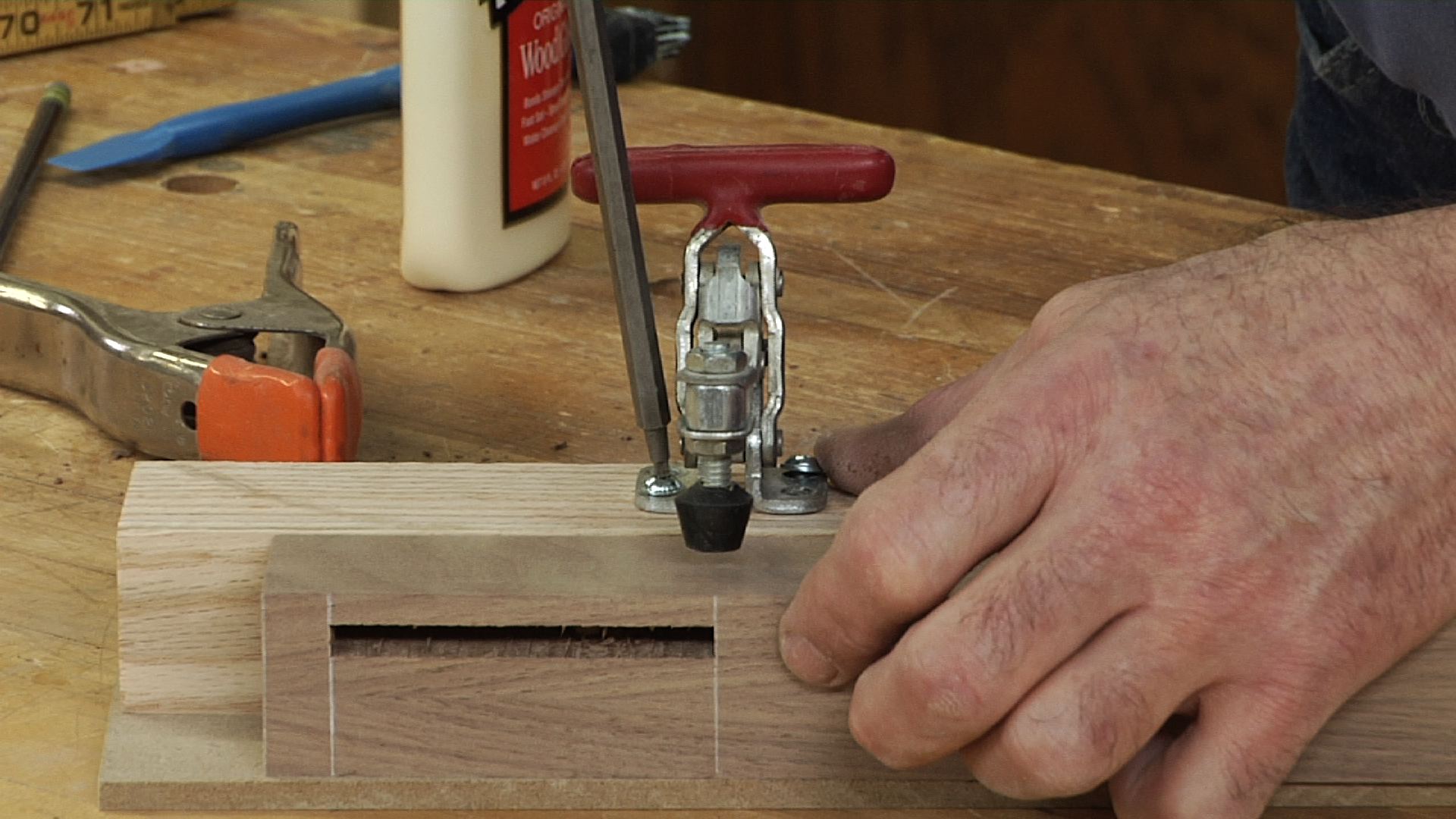
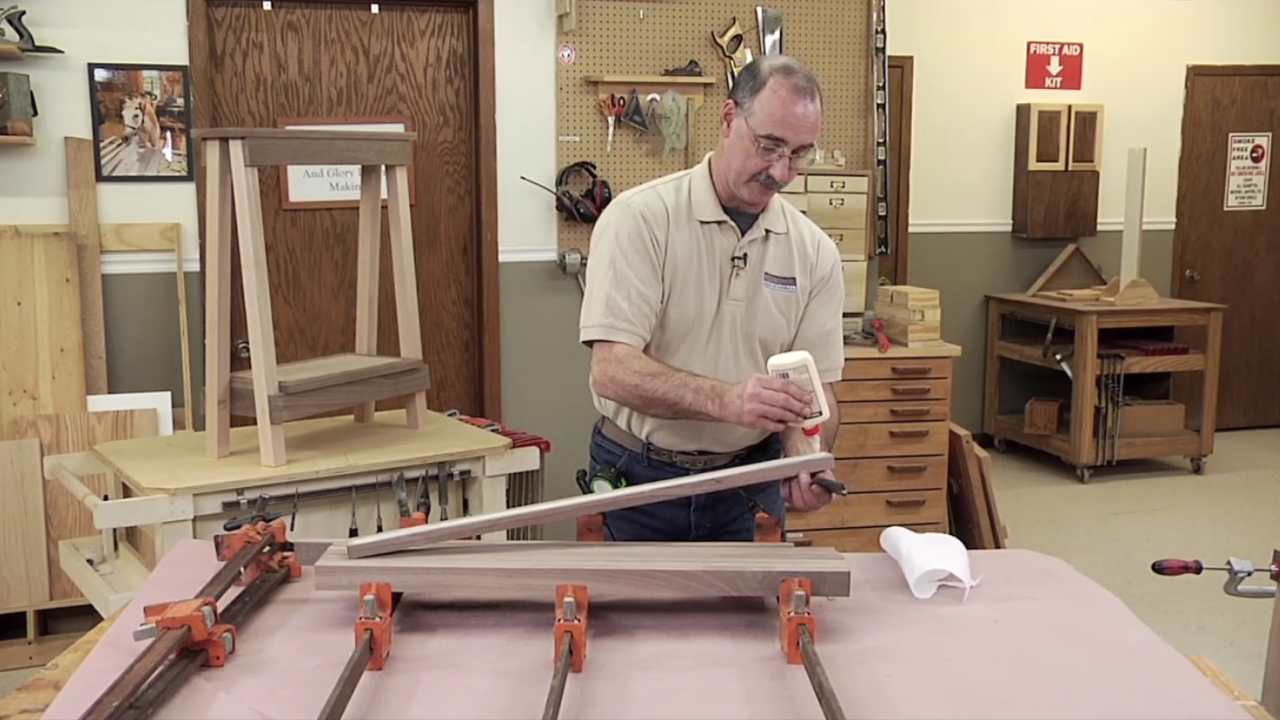
Who uses biscuits anymore? 🤣
How about trying another round with 1/4" or 3/8" stock? Just for giggles...
I have had plywood plies separate at an edge to edge joint due to biscuit swell. The material was 3/4" exterior grade douglas fir plywood.
I'm not saying you wrong "but" I'm sure I saw an article and I'm fairly sure it was in FWW magazine in the last ten years ago showing a finished dark wood table with obvious dips centered where the builder said he put biscuits. He contended that the wood had swollen from the glue then continued to shrink after he had done his final planning, sanding and finishing. I tried to find the article but their search is awful. It just gives you its best 600 guesses of what it thinks your looking for. Thanks George
I think any glue joint has the potential to telegraph if you sand it down too soon. The wood swells from the moisture in the glue and if you sand that down before the moisture equalizes you end up with a valley along the glue line as the panel comes to equilibrium. Even in a simple long grain butt joint with no splines or biscuits
Many years ago this biscuit topic came up with Norm Abrams on the New Yankee Workshop. He stopped using them because over time there was a discoloration at the biscuit location.